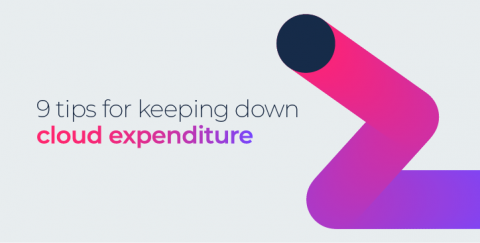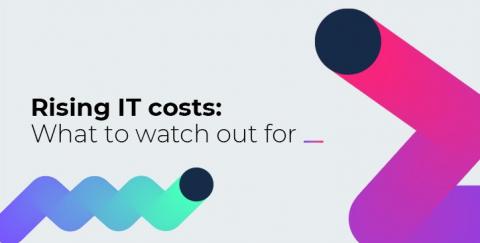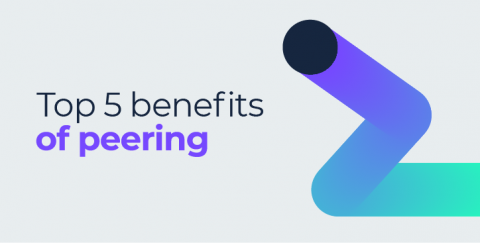Reevaluating Your Peering Strategy
Peering has come a long way since the formation of what was arguably the first settlement-free exchange of internet traffic, the Commercial Internet eXchange in Reston, Virginia, in 1991. Today there are over 600 IXs around the globe helping to peer thousands of IP networks. The internet and the technology that underpins it is a very different landscape in 2022 than it was in 1991.





